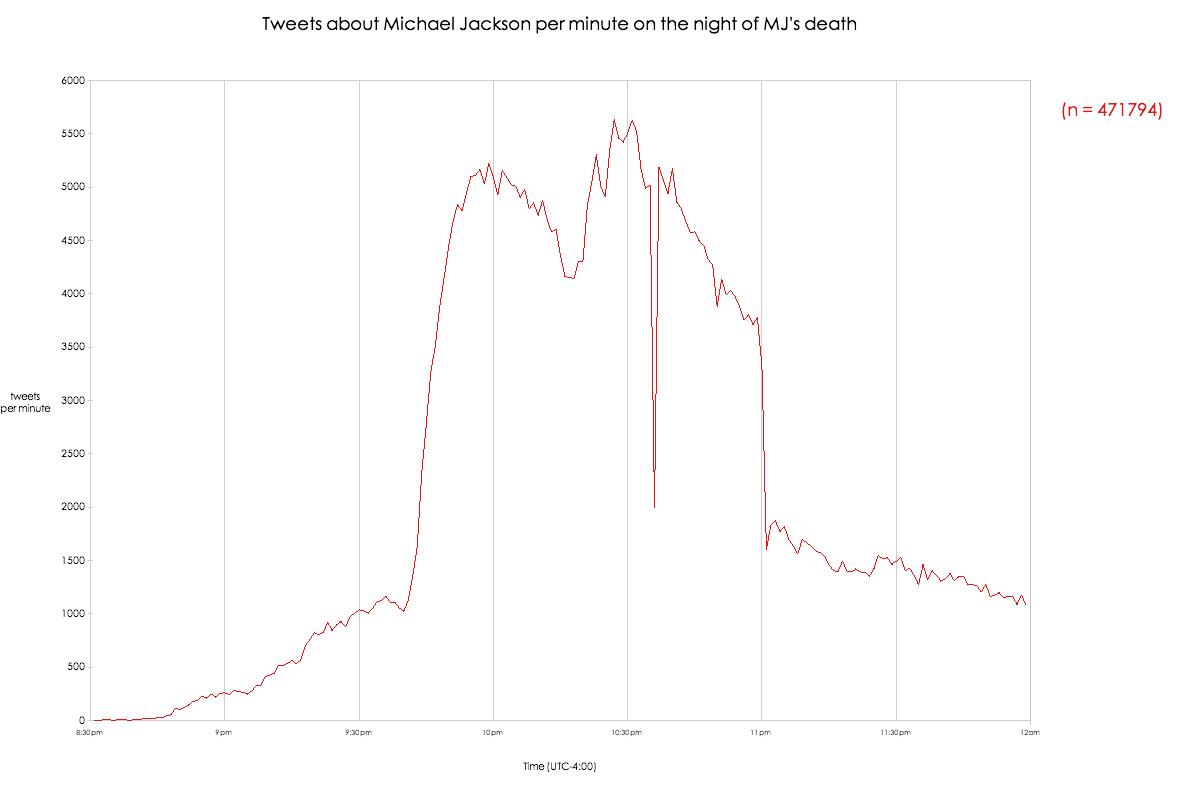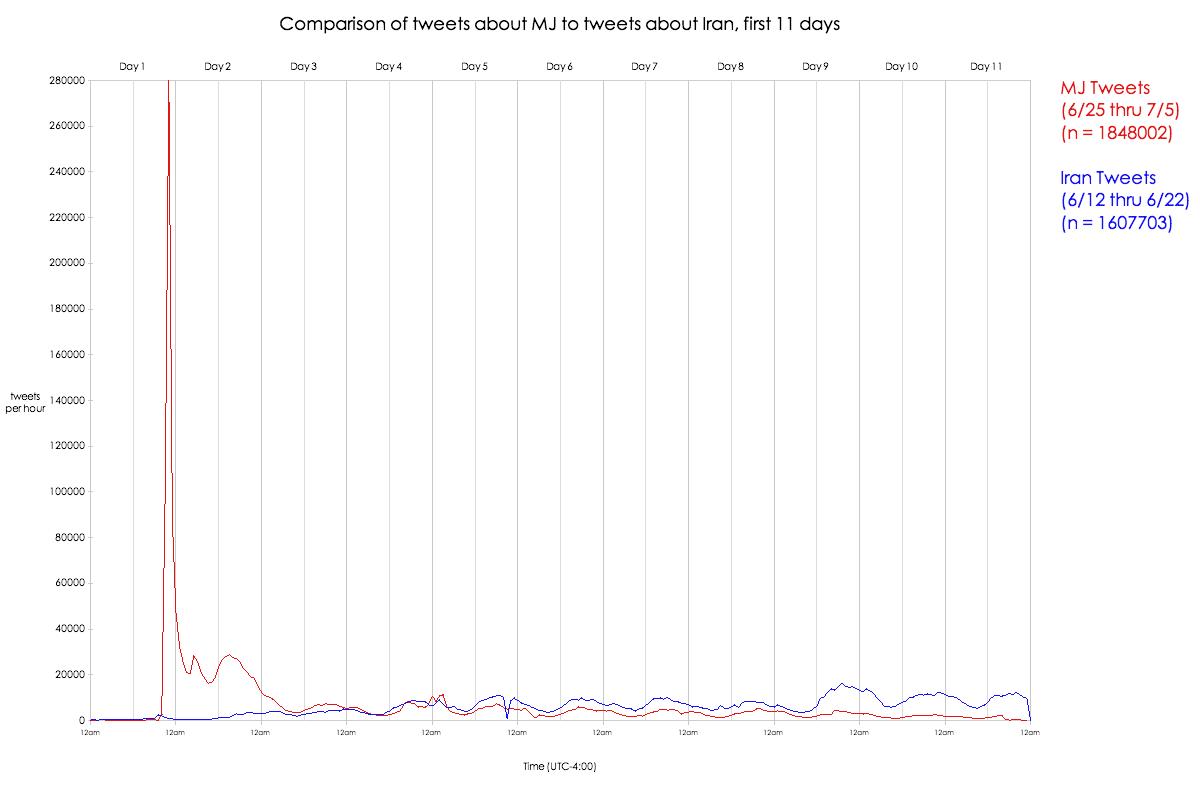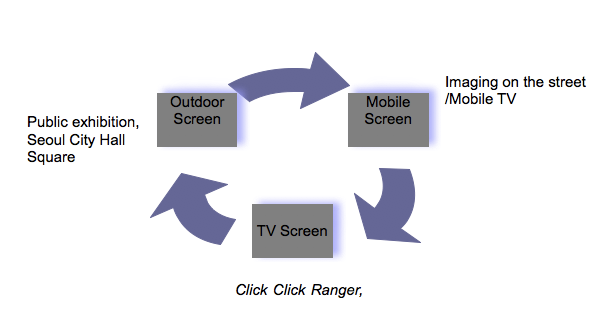Learning in a Participatory Culture: A Conversation About New Media and Education (Part Three)
/This is the third part of my interview with Spanish educational researcher Pilar Lacasa for Cuadernos de Pedagogia, a Spanish language publication, about my research on the New Media Literacies. This time we talk about the relations between old and new media and explore how YouTube, fan fiction and Facebook can be deployed in meaningful ways through school. So far, we have been talking about new media, but it is clear that they do not replace the old ones.
Almost never do schools think about the relationships between new and old media. Some people may have the idea that some of them will replace the old ones. A study of American college students preparing to enter ten different professions found that educators in training were the least likely to play videogames or participate in social networks. Teachers have defined themselves as defenders of book culture, often in what they perceive as opposition to the new digital culture. This protective stance no doubt reflects the rhetoric of the digital revolution which imagined that new media was going to displace if not destroy old media. And thus, for digital culture to thrive, book culture must die.
In fact, the opposite has happened. The new media has built upon and around existing modes of communication. The average person has access to a greater array of different books now than ever before thanks to online book dealers. The average teen writes more, thanks to e-mail and online discussion forums, than the previous generation. We will live in a world where books and printed matter still matters even as students get more information from computers than ever before. They are going to need to go where the information is, know how to assess the reliability of information which comes without comfortable gatekeepers, and be able to communicate their ideas through many different channels to many different publics.
Therefore we need to use multiple media.
This situation doesn't allow us to make any easy choices between teaching print and digital literacy: students clearly need both and more importantly, they need to understand the relationship between the two. They need to understand the different structures through which traditional encyclopedias and Wikipedia produce and evaluate information, for example. They need to be able to read charts, maps, and graphs, but also to be able to produce and interpret information through simulations. They need to be able to express themselves orally, with pens and paper, and with video cameras and digital editing equipment.
Many of them are already acquiring such skills outside of the classroom through informal learning practices that thrive in this participatory culture but others are being left to be raised by wolves, not able to find their way into generative practices and supporting communities, and acquiring none of the ethical norms that might govern their future activities. Howard Gardner's Good Play Project at Harvard found that many young people don't apply ethical standards to their online conduct because they don't believe that what they do online matters. We can see this as an ironic response to adults who have dismissed such activities as worthless or meaningless, rather than asking questions about how or what they are learning through their participation in this practices, recognizing their accomplishments, or advising them on their ethical conflicts.
Schools, libraries, and other educational institutions need to be both embracing the potentials and confronting the challenges of this emerging culture not as a replacement for existing print practices but as an expansion of them.
Can we think then that schools lose many of learning opportunities supported by new media?
New Media platforms, such as YouTube, have expanded our access to the rich archives of existing sounds and images from the past. We have access now to recordings that were once buried in the archives but which we now can summon up at a moments notice. We can navigate the entire media scape on the fly, at a second's notice, in response to the flow of a classroom discussion.
We could, at least, if schools were not often blocking access to these very same tools and platforms out of fear of inappropriate content or risky forms of participation. Talk about cutting off your nose to spite your face! It is as though we were closing all the libraries out of concern that young people might track down the pictures of topless women in National Geographic!
Beyond that, the new media tools allow young people to edit and respond critically to those moving images in new ways, to create presentations which have the explanatory power of well crafted documentaries, though again, they are often blocked by schools who are uncertain about the legalities of copyright protection and thus unwilling to allow them to remix and recontextualize content. So, right now, at least in American schools, and in many other counries around the world, the opportunities afforded us by these new digital archives are being shut off through school policies that are born more from fear and uncertainty than from reasoned pedagogical goals.
Maybe your idea of transmedia phenomenon may be a way to explore opportunities offered by the media. For example, teaching students how to write narrative texts when using the Harry Potter books, movies or video games.
What I'm describing as transmedia storytelling has been a fundamental part of human expression since the dawn of time. Certainly we need young people to develop a critical understanding of how contemporary media franchises like Harry Potter operate, both recognizing the aesthetic opportunities for authors to construct worlds which are bigger than single texts or even single media, but also understanding the commercial imperatives which are marketing extensions of popular stories to them.
But this idea of transmedia might also help us to understand the world of the church in the middle ages, say. Unless you were literate and in the priesthood, you would not have experienced the stories of the Bible through a single text. Instead, those stories would surround you, conveyed through every available communications system. They would be performed on carts, expressed through stainglass windows and the structures of cathedrals, painted on the ceilings, proclaimed from the pulpet, and sung by the choir. Go back even further and think about the early cave paintings which historians believe were used as sites of performance: the live storyteller interacting with the painted image to convey the experience of the hunt. So, the earliest representations we have might have been part of a transmedia experience.
Many of the works we teach took elements of oral culture and translated them into printed prose, again suggesting that we need to understand how stories move across media if we are going to understand why and how humans tell stories. Too often, teachers have been indifferent about media, teaching the texts of plays without regard to the conditions of their performance, for example. But now, we want teachers to explore art and literature with a heightened awareness of the media through which they were produced, distributed, and consumed.
And what about social networks, a new widespread medium of communication among young people and also among many adults?
One way to understand the new power of social networks is to understand what roles these platforms and practices played in the recent Obama presidential campaign. A traditional political website works by linking individual voters to the campaign; a social network site works by linking voters to each other. At a certain point, Obama's supporters were able to take over much greater control of the political campaign. They could organize local events quickly without having to go through the centralized campaigns. They could pool resources, each member contributing what skills they could, to the shared effort. Once he's in office, they can continue to mobilize in response to public policy debates or rally around other candidates who share their vision of progressive change for the country.
These social network sites are transforming the nature of civic engagement and participation. Young people need to learn how to become a part of these powerful new kinds of communities, need to know how to navigate through social networks to connect with people who have skills and knowledge that they need, need to understand the ethics of social life within these networks, and need to understand the risks as well as the opportunities of interacting with people they do not know face to face. The Obama campaign worked at both the national and the local level, but these social networks now work on a global scale.
What is the role that these networks can play in schools?
Schools have long used pen pal programs to connect their students with children from other parts of the world. The deployment of social networks through education allows young people ongoing interactions with a global community of learners who share common interests and goals; it allows schools to dramatically expand the human resources they can draw upon in their ongoing pedagogical activities. As we think of social networks as sites of learning, we can see two levels of pedagogy -- acquiring access to the broader range of expertise supported by the networks and acquiring the skills needed to deploy social networks for a variety of purposes in the future.
As with all of the new literacy practices we are discussing here, some youth will have extensive experience deploying social networks outside of school and deploying them in the classroom will allow them to direct that experience towards mastering new content, while other youth will not know how to work through social networks and schools can provide them with a safe, supervised context for mastering those skills.




![Reblog this post [with Zemanta]](http://img.zemanta.com/reblog_e.png?x-id=9074b37f-9b36-4617-9945-60ace90a179b)

